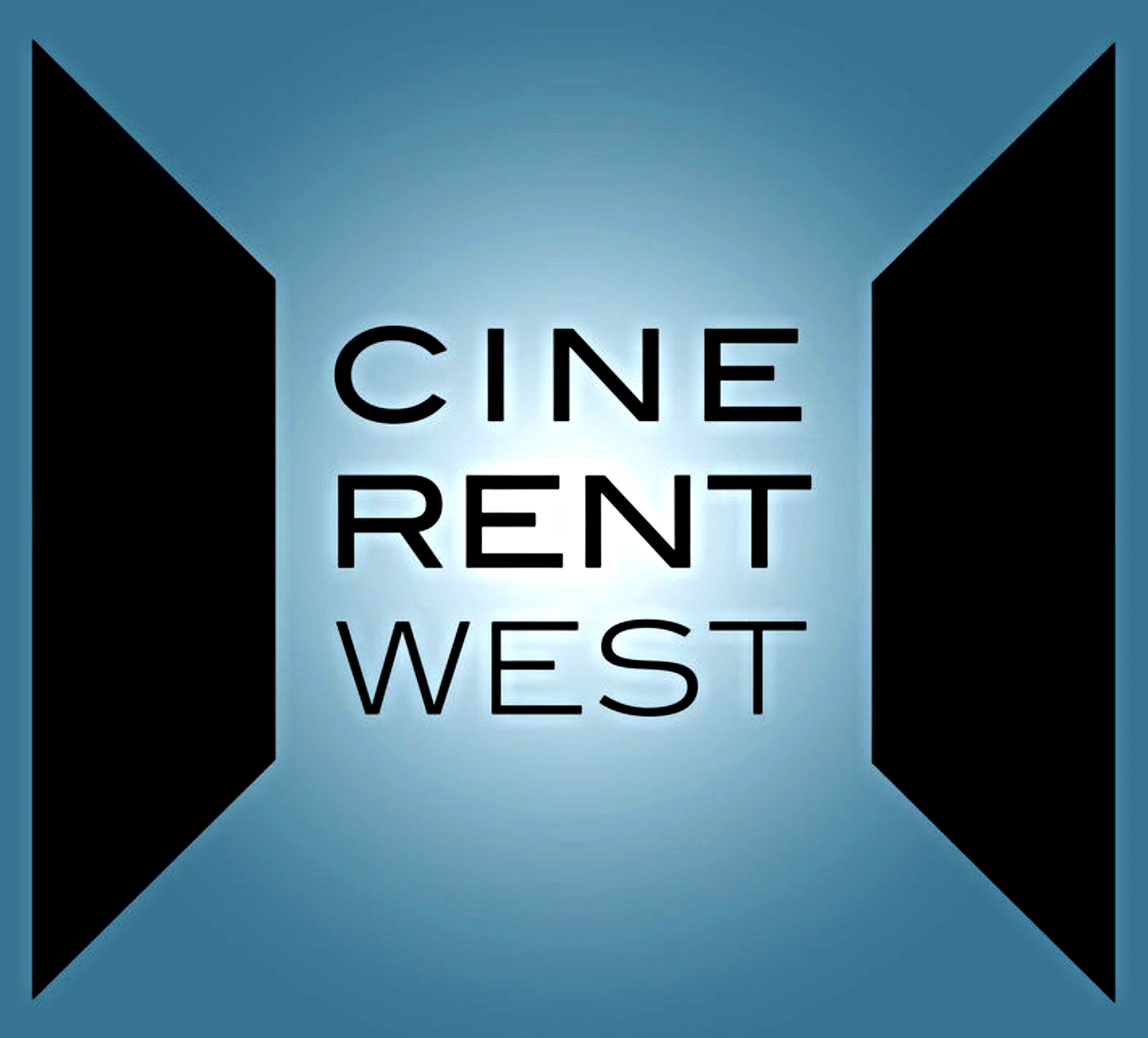Five Things We Learned In 2017
/Philosopher George Santayana is famous for saying, “Those who do not learn history are doomed to repeat it.”
Of course, he never actually uttered those words. So maybe we could say, “Those who do not look up George Santayana’s actual quotes are doomed to repeat erroneous ones.”
That’s probably not going to catch on.
Apocryphal or not, it is a good idea to look at the past and try to learn from it. So you don’t keep making the same mistakes. Because we all need to be making new ones.
In 2017, we sure didn’t do everything right. Remember that little rumor about us selling the building and moving all operations to a PO Box in Delaware? Ouch. We’re still learning from that one.
Throughout this past year we’ve enjoyed collaborating with so many of you in the Portland production community. You’ve told us a lot about what’s working and what’s not working for you creatively and business wise.
So here is a condensed version of some of the big things we learned over the past 12 months that we think are going to be useful to remember in 2018.
5 Things We Learned
1. Talk about budgets early and often. Yes, it’s uncomfortable to talk about money. Some of us creatives feel the same way about financial spreadsheets that vampires do about garlic. (In case you hadn’t heard, vampires don’t like garlic.)
But your production budget really is the hinge on which everything else moves. So as early as possible in the process talk with your clients about cost. And that means also talking well ahead of time to your vendors (including us) to make sure you can actually deliver what your client wants at the budget they’re giving you.
Otherwise, it can be like getting your debit card rejected at the grocery store. You have to start taking items out of your cart. Everybody in line is glaring at you. And that’s embarrassing.
2. LED is legit. We already knew that professional-level LED lights have some pretty cool features. They use a lot less power and throw out a lot less heat. But how do they stand up to rigorous metering?
To answer that, we’ve continued to do numerous tests in our studio on the SkyPanels. (The latest firmware update has given them a whole new set of features.) And then to test as many other brands as possible, we sent Brynden to NAB in Las Vegas armed with the proper tools to get a true and accurate reading of color temp, intensity, etc.
After three days of running from booth to booth, testing dozens of models, he found out that not only were the top brands color-accurate, but there were even some low end models that have great performance.
3. 8K isn’t necessarily better than 4K. It’s been drummed into our heads that we should always be shooting video at the highest resolution possible. More is better, right?
Marty DiBurgi: Why does your digital camera have this 9K setting?
Nigel Tufnel: Well it's one better, isn't it.
While shooting with an 8K camera will certainly give you higher resolution footage, it can come with a number of drawbacks.
For starters, it’s still hard to find lenses that can cover the whole 8K field of view. Then there’s the problem of bloated file sizes going into post production—a whole bunch of information that gets lost when converting to standard pro res.
Finally, there’s the issue of focus. If you don’t have an 8K monitor, you have no way of knowing if you’ve achieved the super fine focus that will let you do those “lossless” digital zooms in post. Besides, you’re much better off getting actual cutaway shots from different angles.
4. Social media is in the driver’s seat. While traditional TV viewing is still dominant, a significant (and growing) portion of the population makes it a point to watch only programming that doesn’t have commercials.
The only way for marketers to reach these people with video is through platforms like Facebook, YouTube, Instagram, Twitter, etc., and web-based video banners. Each of these channels has its own specs, which are constantly changing.
So before you shoot anything, find out from your client exactly where the piece will be seen. And then ask your post house to get you the latest specs for that particular platform.
Gone are the days when you can produce one file to send to everybody.
5. Soundstages are alive and kicking. Our recent project with W+K Lodge where we hosted a 20 camera, six hour live-stream, involving seven miniature sets, showed that big ideas still require the large floorspace and specialized infrastructure of a soundstage.
So while it’s possible to shoot your band’s music video in your grandma’s basement on your iPhone, many commercial productions are realizing the efficiency and consistency of a space designed specifically for production is more than worth it.
And it’s not just us. Deadline.com recently reported that soundstages in LA are booked at nearly 100% capacity. This is due to a lot of scripted dramas and a healthy demand for commercial production.
So that’s pretty much it.
We did learn a few other significant things in 2017, like the secret to making really fluffy scrambled eggs, but they weren’t production related so we left them out.
If we can learn from the past and be prepared to adapt to whatever’s coming down the pike in 2018, it should be a good year.
Hope to see you around.


